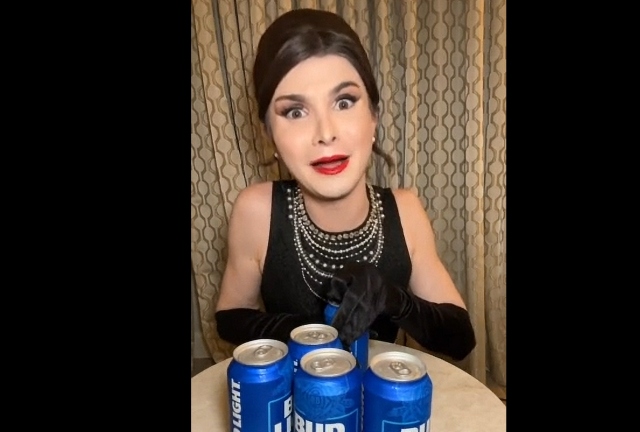
In fact, the Obesity Health Alliance is calling for all ads for foods high in sugar, fat and salt to be banned before 9:00 pm. This U.K. coalition is made up of more than 40 organizations that are trying to tackle weight problems. They’d like to see the ads restricted not only on live TV but also TV on demand, online, in social media, apps and games, at the movies, on billboards and on the radio.
Current restrictions in Britain only apply to programs or sites that are geared toward children, and this means that kids watching shows like game shows and talent competitions with their family are still being exposed to such ads.
Most people are opposed to junk food ads targeting children
A survey carried out by YouGov found that people widely agree with such sentiments. Sixty-nine percent of people believe that junk food marketing plays a role in childhood obesity. When it comes to junk food ad bans until 9p.m., 72 percent of people support one during popular family shows on TV, 70 percent support one online, and 68 percent would like to see one on digital advertising outside of homes, such as digital posters at bus stops or cinemas.
The University of Liverpool’s Dr. Emma Boyland said that research has shown that exposure to junk food advertising has a negative effect on kids’ diets. Making matters worse, overweight kids are more vulnerable to the suggestions of ads, which results in them consuming more calories than kids of a healthy weight when they see these ads for junk food.
A survey of nearly 2,500 children carried out by Cancer Research U.K. found that those who watch TV or use the internet for more than 30 minutes a day have a greater likelihood of asking for, buying, or consuming junk food.
It also revealed that each additional hour a child spends watching commercial TV is linked to a 22 percent greater chance of asking for foods they saw advertised, a 21 percent greater chance of buying food they saw advertised, a 23 percent greater chance of drinking sugary beverages, an 18 percent greater chance of eating pastries, and a 16 percent greater chance of eating chips and sweets. Similar trends were associated with additional time spent online.
Kids might not have the power to buy food themselves, but they do have what ad execs term “pester power” – every parent knows just how relentless kids can be when they want something. The food companies tap into this, and it’s part of the reason childhood obesity is getting out of control.
As long as food companies are allowed to target kids with brightly-colored ads that make eating food that will slowly but surely kill them somehow seem fun and exciting, the childhood obesity epidemic is unlikely to let up any time soon. One in five school-aged kids in the U.S. are already obese, and while many factors can contribute to the problem, we shouldn’t let the pursuit of the almighty dollar be one of them.
Sources for this article include:
Please contact us for more information.






















